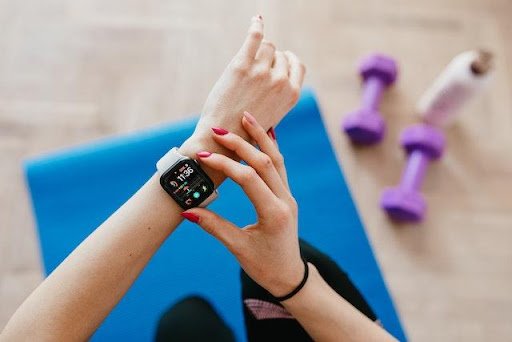If you are a health conscious person or are suffering from a disease, you would most likely benefit from a device that keeps your health in check. Imagine having a personal health assistant, one that keeps tabs on your well-being 24/7. It’s not science fiction; it’s the reality of wearable devices in remote patient monitoring (RPM).
To help you understand, we will discuss the fascinating world of wearables and how they’re revolutionizing the way we manage our health from day to day.
Constant Health Monitoring
Wearables are your personal health watchdogs. They continuously monitor various vital signs like heart rate, blood pressure, and even oxygen levels.
With these devices strapped to your wrist or clipped onto your clothing, you have a constant stream of health data at your fingertips. No more waiting for your annual check-up to get these important readings.
Real-Time Feedback
One of the most exciting aspects of wearables is the real-time feedback they provide. Imagine you’re out for a jog, and your smartwatch not only tracks your heart rate but also alerts you when it goes too high.
This instant feedback allows you to make informed decisions about your health while you’re still in the moment.
Medication Reminders
Managing medications can be a headache, especially when you’re dealing with a chronic illness. Wearables are here to help.
They can send medication reminders right to your wrist, ensuring you never miss a dose. It’s a small but incredibly effective feature in managing your treatment plan.
Dietary Assistance
Proper nutrition is a vital component of managing chronic conditions. Some wearables come with dietary tracking capabilities.
They help you monitor your food intake, set dietary goals, and provide personalized recommendations for healthier eating. It’s like having a mini-nutritionist on your wrist.
Physical Activity Tracking
Staying active is often a cornerstone of managing chronic diseases. Wearables can count your daily steps, track your workouts, and measure your heart rate during exercise.
For conditions where physical activity is key, such as arthritis, these devices can help you set and achieve fitness goals.
Sleep Tracking
Sleep is crucial for your overall well-being, especially when dealing with chronic health issues. Some wearables can monitor your sleep patterns, providing insights into the quality and duration of your rest. This data can be incredibly valuable in identifying sleep-related issues and making necessary adjustments.
Integration with Healthcare Providers
Wearable devices aren’t just for your personal use; they can be an integral part of your healthcare team. Many digital health solutions systems and providers have integrated wearables into their patient monitoring strategies.
Your healthcare team can access your data remotely, allowing them to monitor your health more closely and make timely interventions if necessary.
Personalized Insights
One of the significant advantages of wearables is their ability to provide you with personalized insights. They don’t just collect data; they analyse it and offer recommendations tailored to your specific needs.
Whether it’s reminding you to take a break, drink more water, or increase your daily step count, wearables are like your health coach.
Falls and Safety
For the elderly or those prone to falls, certain wearables can detect sudden falls and send alerts to caregivers or emergency services.
This feature provides peace of mind for both the wearer and their loved ones, especially if they live alone.


